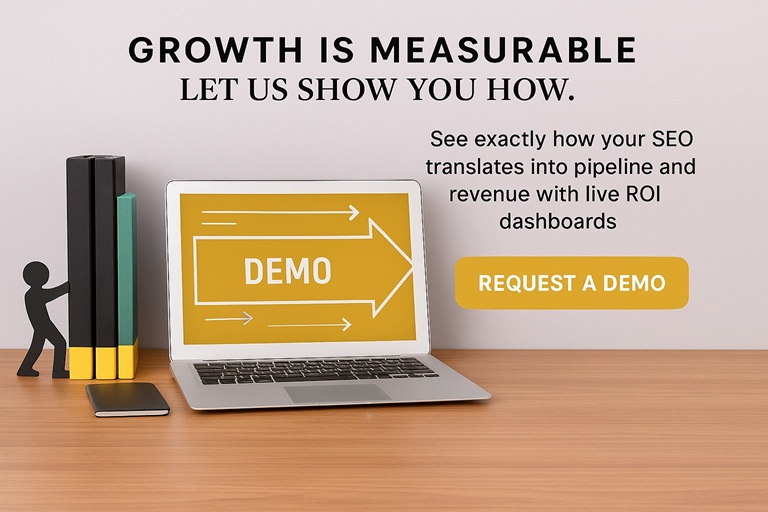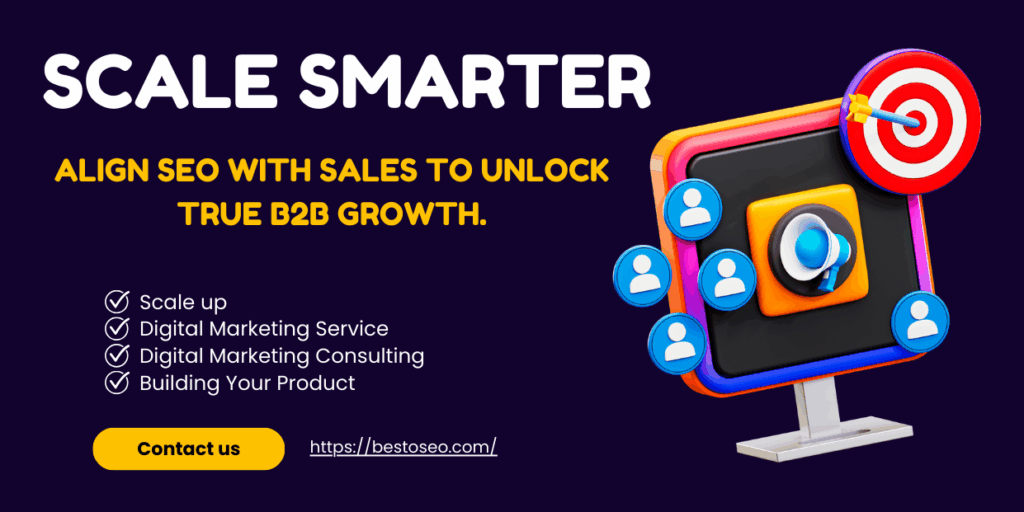if this test pass i will succeed and solve more and more problems regarding of that

Why SEO Matters More at the Growth Stage
Traffic vs. Revenue: Closing the SEO Gap
Key Elements of a Revenue-Driven B2B SEO Strategy

Advanced SEO Tactics for Growth Stage Companies
Building a B2B SEO Revenue Funnel
How BestoSEO Solutions Helps Growth Stage Companies
Conclusion :
Frequently Asked Questions
A B2B SEO strategy drives revenue by targeting buyer-intent keywords, optimizing content for conversions, and aligning SEO with the sales funnel to generate qualified leads.
Growth-stage companies need to scale revenue predictably, so SEO must be tied to ROI and lead quality, not just rankings.
High-intent keyword targeting, case studies, demo-focused content, and optimized landing pages are the most effective tactics.
Use tools like GA4, HubSpot, or Salesforce to track MQLs, SQLs, and pipeline revenue generated from organic traffic.
BestoSEO Solutions builds revenue-driven SEO strategies tailored for B2B growth-stage companies, focusing on traffic-to-revenue transformation.
